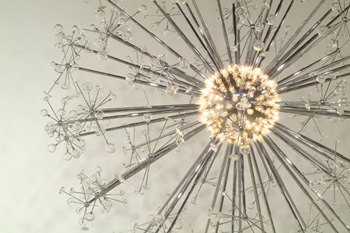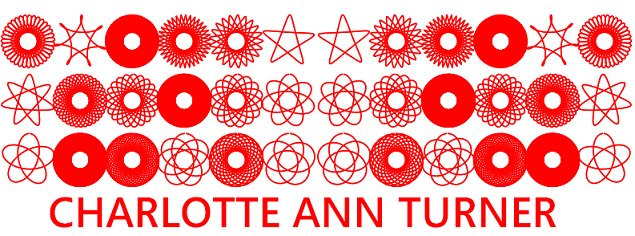
Saturday, 15 November 2008
Keith Tyson installations'
t seems as if ‘Large Field Array’ mixes different models for describing the world.
“Yes. Certain patterns and systems are laid out in the structure. You have the signs
of the zodiac, chemical elements like sodium, helium, oxygen and so on and so forth.
Sun, Mercury, Venus, Earth, Moon, Mars, Jupiter, Saturn, Uranus, Neptune and Pluto
line up in a planetary strip. In one direction, you’ll find mathematical truths. In another
direction it has material truths. One line follows the path of human life, another one
the way of heat and entropy. These lines are of course arbitrary. It doesn’t matter if
you know or if you don’t. It is like an abstract painting. Instead of asking how does
yellow go next to blue, I am asking how one form can go next to another form as the
consequence of these invisible forces. Scientifically speaking, a sculpture is an
interference pattern of both laws of physics and quantum forces, but also of art
history and other kinds of forces. Each one of the 300 pieces is the sum of all
possible forces acting upon it. Each sculpture is basically the result from the things
around it. Looking at them, you understand that they are partial. We are always
looking for the original thing which of course there isn’t. There is just the world. There
is no great truth in any of these sculptures. The great truth is that they are all
interconnected. The way in which the art world will take an object and put it in
isolation and say: there it is! - that is such a myth. I am trying to create a theatre
where that is impossible. You cannot enter Large Field Array and control it. It is
overwhelming. And it is actually a little bit terrifying. I want that feeling of terror when
you walk through it. That there is too much to grasp.”
Josiah McElheny @ White Cube, Hoxton Square


Island Universe
